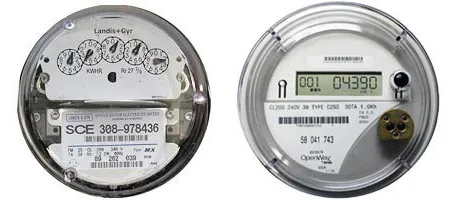
- English
- ePUB (mobile friendly)
- Available on iOS & Android
ENERGY Cost Savings For Facilities
About this book
Energy! It's one of a building's major cost components. It's a hot topic and will continue to be so. For most facilities, the cost of energy is not going down-only up. It's essential to reduce energy costs on your building(s) whether new or existing.
Energy management is an integral part of the day-to-day operations for facility managers and property owners. Rising energy costs and increasing demand for sustainability are driving the need to reduce energy consumption in buildings and develop strategies for improving energy management.
How energy efficient is your facility or building? How does your energy use intensity (EUI) compare to a portfolio of similar buildings? Or, how does it compare to other buildings locally, statewide, or nationally?
Doing more with less is the often heard catch-phrase for FM's and CFO's in managing costs. The purpose of this guide is much the same. Energy issues can drain your budget and consume valuable resources.
This guide is essential for facility and property managers and their financial officers who are serious about reducing energy usage and its cost to their organization's triple bottom line.
Frequently asked questions
- Essential is ideal for learners and professionals who enjoy exploring a wide range of subjects. Access the Essential Library with 800,000+ trusted titles and best-sellers across business, personal growth, and the humanities. Includes unlimited reading time and Standard Read Aloud voice.
- Complete: Perfect for advanced learners and researchers needing full, unrestricted access. Unlock 1.4M+ books across hundreds of subjects, including academic and specialized titles. The Complete Plan also includes advanced features like Premium Read Aloud and Research Assistant.
Please note we cannot support devices running on iOS 13 and Android 7 or earlier. Learn more about using the app.
Information
1 – ENERGY Savings Introduction

How the United States Uses Energy
- The industrial sector includes facilities and equipment used for manufacturing, agriculture, mining, and construction.
- The transportation sector includes vehicles that transport people or goods, such as cars, trucks, buses, motorcycles, trains, aircraft, boats, barges, and ships.
- The residential sector includes homes and apartments.
- The commercial sector includes offices, malls, stores, schools, hospitals, hotels, warehouses, restaurants, and places of worship and public assembly.
- The electric power sector consumes primary energy to generate most of the electricity to sell to the other four sectors.
The California Example
What’s Your Energy Usage? Good? Bad? Or Ugly?
Table of contents
- 1 – ENERGY Savings Introduction
- 2 – Your Electrical ENERGY Future is Now
- 3 – Electrical ENERGY Saving Systems for Buildings
- 4 – Potential ENERGY Cost Savings
- 5 – Sustainable ENERGY Buildings Plan
- 6 – ENERGY and Buildings Management Software
- 7 – ENERGY Surveys, Inspections, Audits and Commissioning
- 8 – ENERGY Benchmarking Using Portfolio Manager
- 9 – ENERGY Efficient Lighting
- 10 – ENERGY Efficient HVACR Systems
- 11 – California’s Time-of-Use ENERGY Rate Changes
- 12 – ENERGY Code Compliance Measures
- 13 – ENERGY Certifications for Facilities and Managers
- 14 – Securing an ENERGY Savings Plan Budget
- 15 – Your ENERGY Savings Dashboard
- Appendix
- Glossary
- References
- Author Bio, Services & Resources